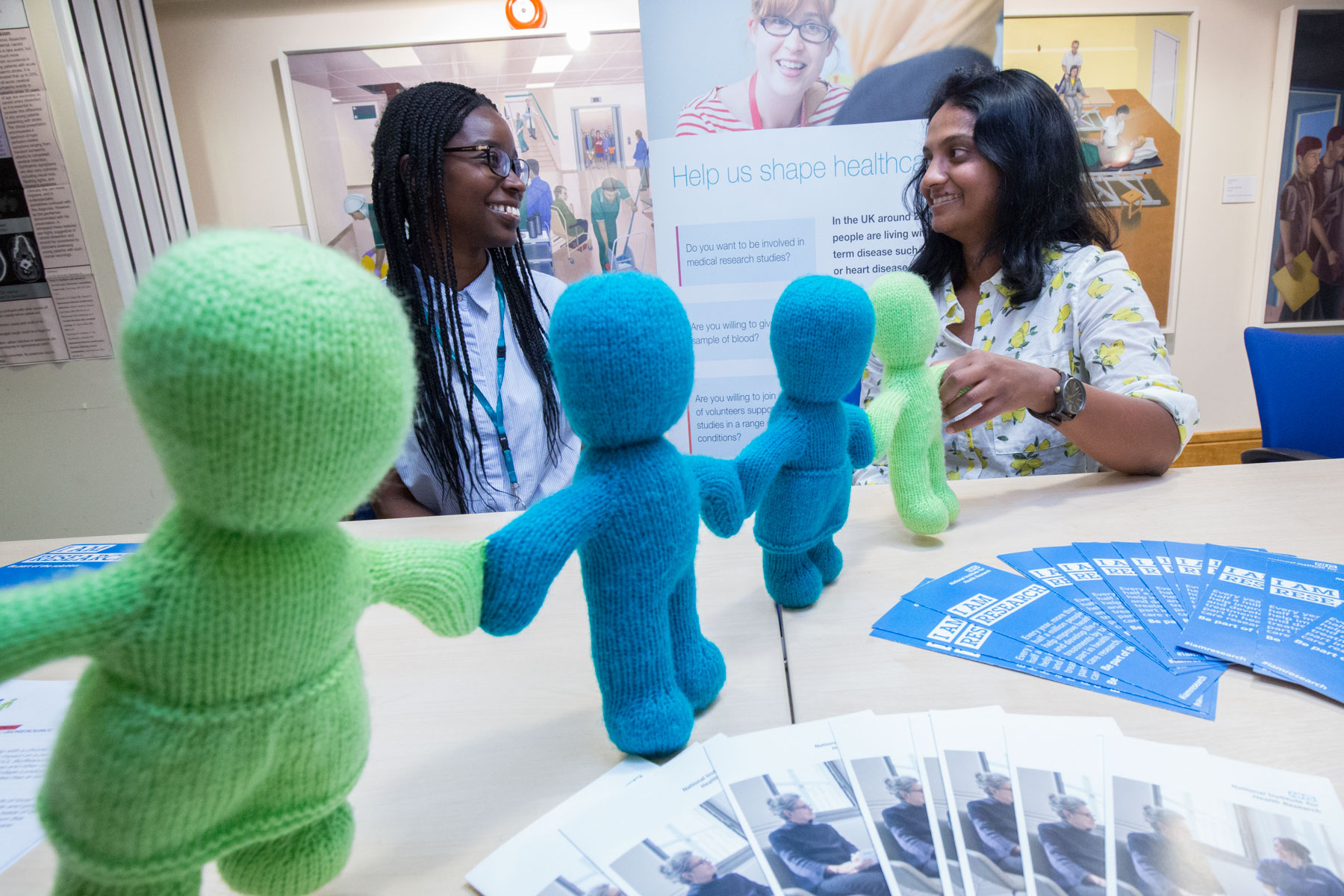
The number of patients being given access to new and better treatments through clinical research at the Royal Free London has more than doubled in the past 12 months according to new figures published yesterday (August 2).
In 2016/17 there were 5,204 participants in clinical research at the RFL, compared with 2,956 in 2015/16. It means that the trust is now the 17th most prolific in the country when it comes to the number of studies which rose by 8 per cent to 271 in 2016/17.
There are over 600 clinical research studies taking place at the Royal Free London at any given time, ranging from clinical trials of novel drugs, devices and surgical interventions to observational genetic profiling or quality of life questionnaire studies.
The good news comes just a day after a research and development open day at the Royal Free Hospital where scientists, clinicians and patients celebrated achievements and developments in clinical research.
Staff and patients attended presentations, met the research and development team and browsed information stands about the pharmacy manufacturing unit, immunology research, respiratory academic unit and many more.
Professor Adele Fielding, Director for Research and Development, at the Royal Free London said: “We are proud of the research we do here and it is one of our priorities to do much more.
“It is absolutely crucial that our clinicians are able to offer our patients the opportunity to access a growing number of new and innovative treatments that will enhance their care, improving outcomes and potentially saving lives.”
The figures are published today by the National Institute for Health Research (NIHR) Clinical Research Network (CRN).
And they make positive reading for the North Thames Clinical Research Network of which the Royal Free London is part. The network, which covers North East and North Central London, South and West Hertfordshire, South Bedfordshire and South West and Mid Essex, has delivered a 61% increase in research activity.
Some 63,588 people were recruited into clinical research studies in 2016/17, over 17,000 more than the previous year.
These participants joined over 665,000 participants nationally, the highest number in any year since the league tables began.
Each year, the NIHR Research Activity League Table is published, detailing how much clinical research is happening, where, in what types of trusts, and involving how many participants.
Dr Sharon Barrett, Deputy Chief Operating Officer for CRN North Thames, said: “These results reflect the dedication across the area to continually improve healthcare, with participants getting involved in research exploring more effective treatments, techniques and prevention methods for a range of illnesses and diseases affecting the lives of millions.
“We are extremely grateful to all our partner trusts who continue to work so hard to ensure that we can offer a range of research involvement opportunities to our patients.”
To learn more about research and development at the Royal Free London you can read its long-term strategy here.
ENDS
Notes for editors
1. The National Institute for Health Research (NIHR): improving the health and wealth of the nation through research.
Established by the Department of Health, the NIHR:
● funds high quality research to improve health
● trains and supports health researchers
● provides world-class research facilities
● works with the life sciences industry and charities to benefit all
● involves patients and the public at every step
For further information, visit the NIHR website www.nihr.ac.uk
2. All data represents clinical research studies supported by the NIHR Clinical Research Network (CRN). Data are sourced from the NIHR CRN Portfolio of studies. More information is available at: https://www.nihr.ac.uk/research-and-impact/nihr-clinical-research-network-portfolio/
3. These figures should not be cited as a count of people because a person may participate in more than one study.
4. Numbers over 1 million have been rounded to the nearest 100,000. Figures between 100,000 and 1 million have been rounded to the nearest 5,000. Percentages have been rounded to whole numbers.
5. Results from the 2016-17 NIHR Research Activity League Table are available at https://www.nihr.ac.uk/research-and-impact/nhs-research-performance/league-tables/
6. Data correct as of 28 April 2017
 Translate
Translate
